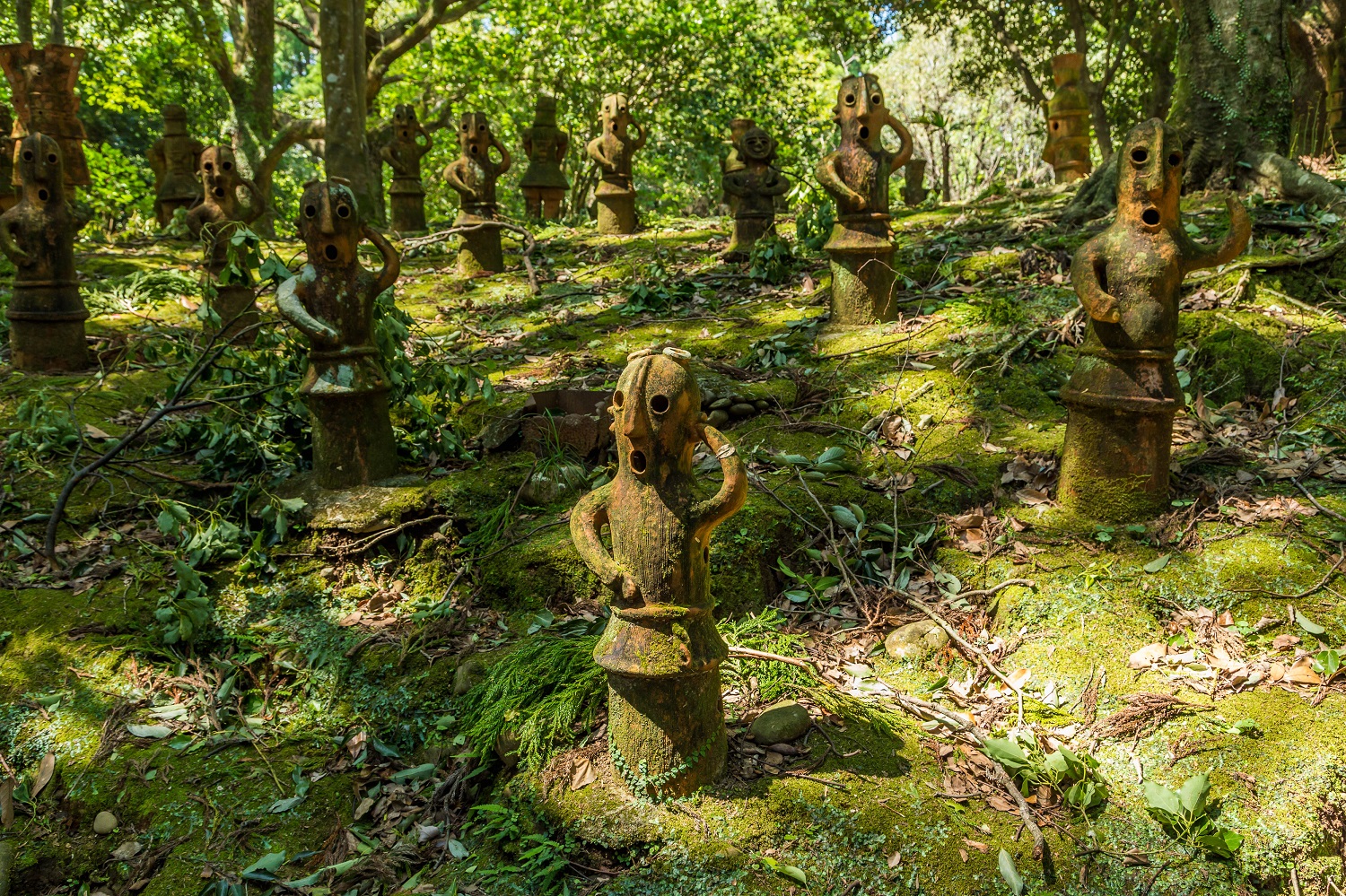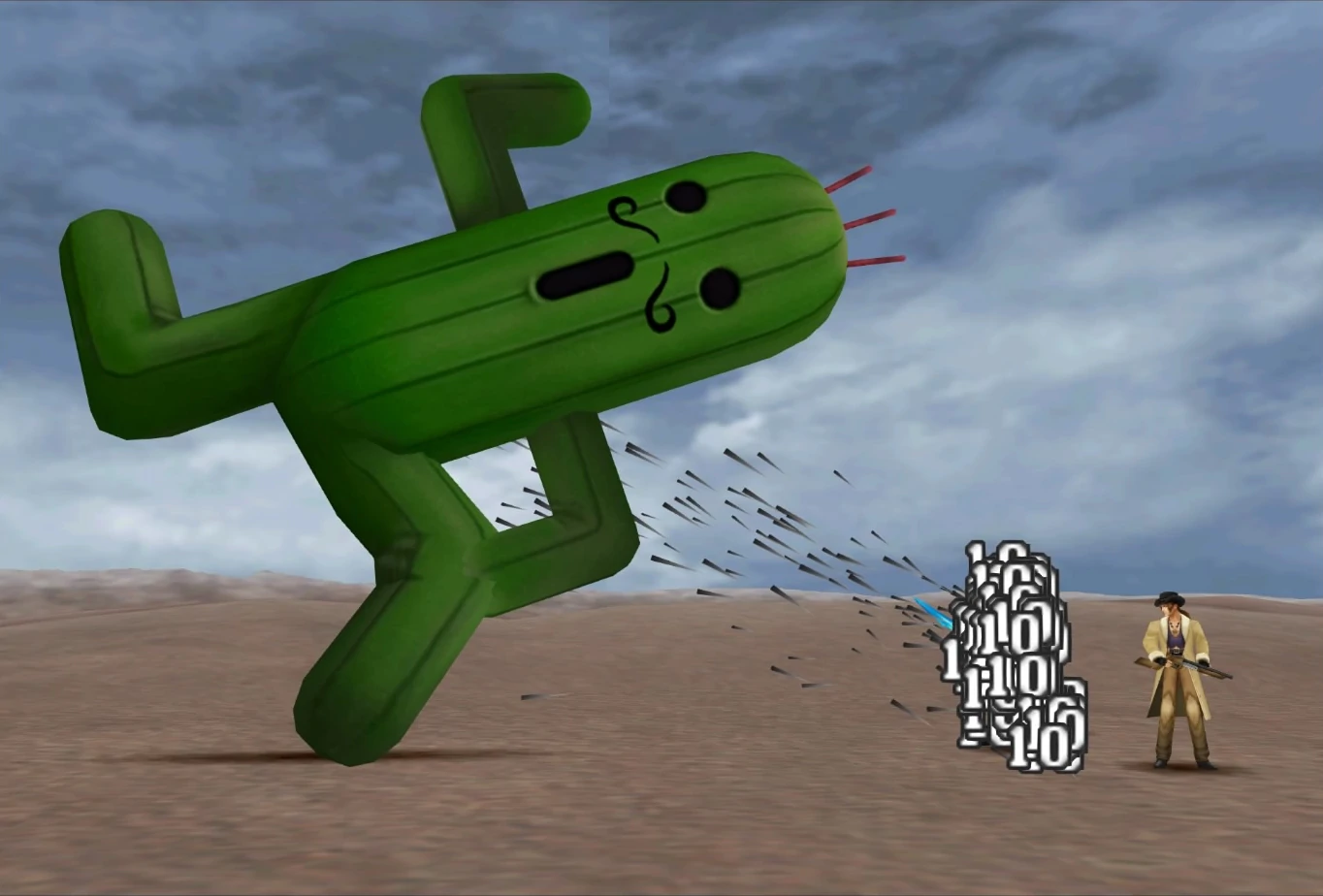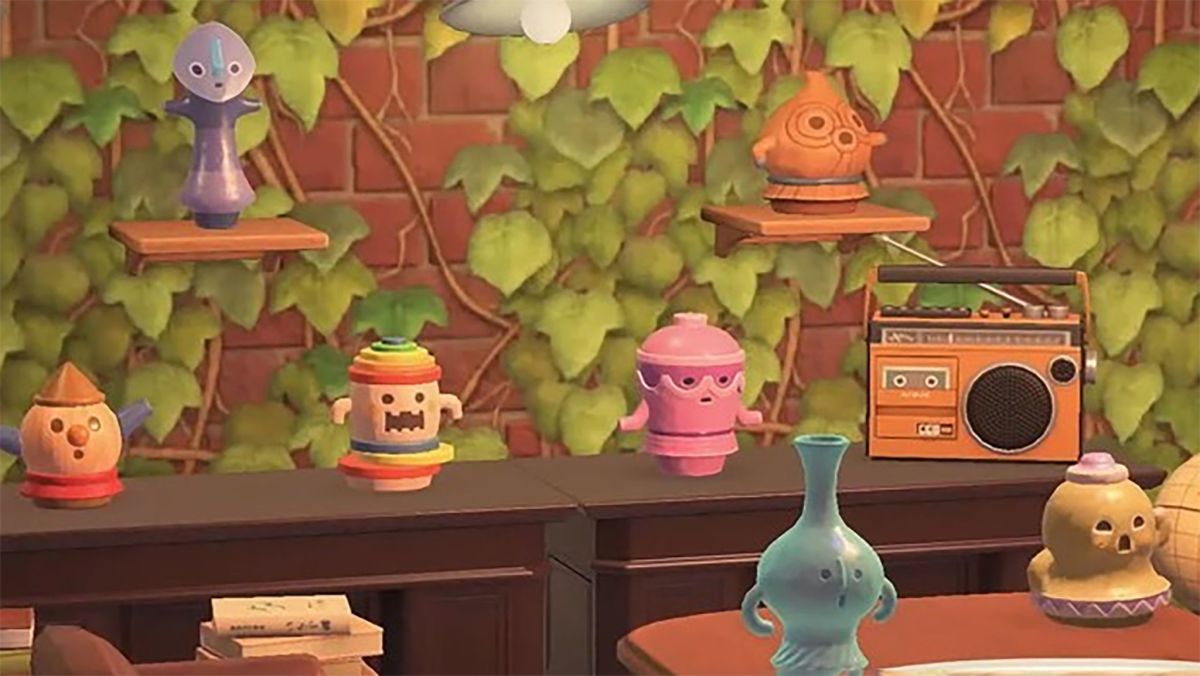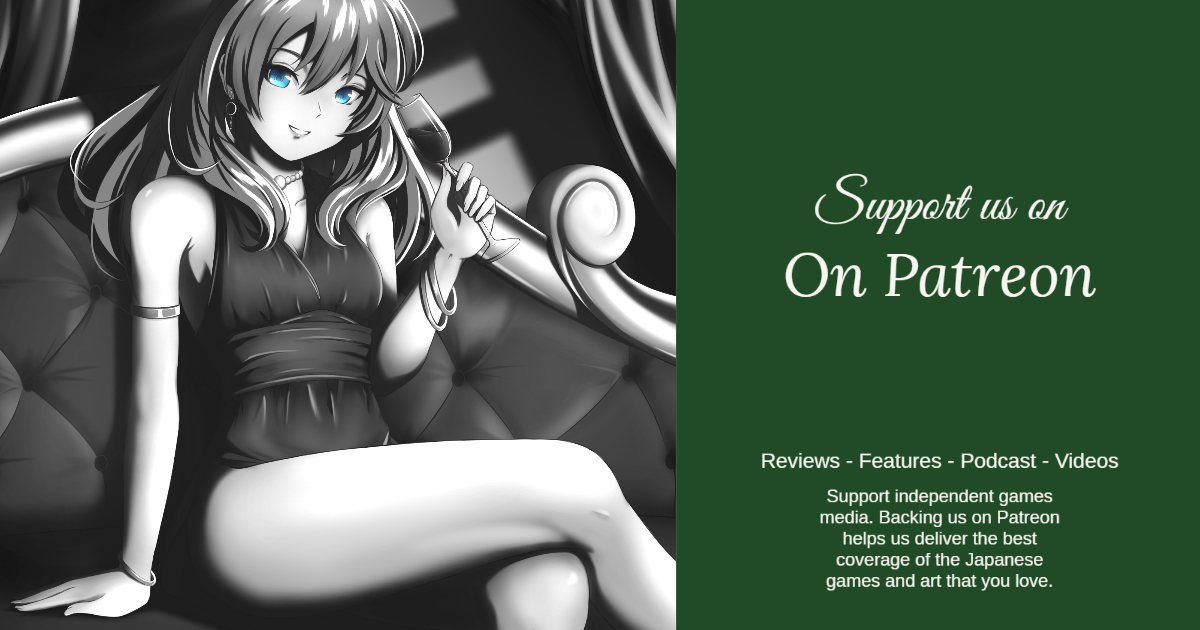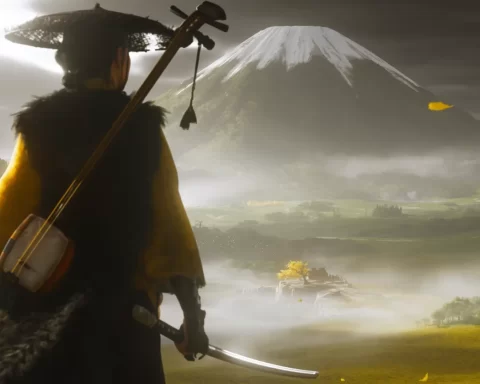A Time Magazine article from 1958 describes a group of Japanese labourers who, while digging a road into a hillside during the postwar building boom, uncovered a cache of strange terracotta figures: clay representations of people, horses, birds, and houses. Having no idea what to do with them, the workers smashed them into the roadbed. In other cases, the workers realised what they had dug up: haniwa, ancient ceramic figures that guarded the tombs of Kofun-era nobility. Not wanting to risk getting cursed for destroying grave goods, they placed the haniwa in the road for passing cars to run over, thus diffusing responsibility for their destruction.
When the Time article “Art: The Haniwa Rage” was printed, Japan was in the midst of a “haniwa boom:” the ancient statues that had previously littered roadbeds were instead filling museums and art collections. Echoes of this boom can still be felt today, as haniwa can be found in some of the most popular videogame franchises in the world. What had caused such a sudden shift in their acceptance as works of ancient art? And why do haniwa have enough staying power to persist as a cross-cultural form?
Ancient Culture, Rediscovered
By the mid-1950s modernist art was in full swing worldwide. Unlike with other funerary ceramic figures, such as the Chinese terracotta warriors, haniwa craftsmen pared down human and animal forms to their bare essentials. Perhaps the most iconic example of this simplification is in the pair of dancing haniwa at the Tokyo National Museum. The form of each dancer has been simplified to the point that the head and body have merged into a single hollow clay tube. The face is reduced to three circles cut into the clay: two for the eyes and one for the mouth. Flipper-like arms extend out from the sides, one arm arched up and the other downwards. Such extreme simplification of form was undoubtedly appealing to modern artists seeking to make similar essential forms in their work. As sculptor Robert Morris said: “simplicity of shape does not necessarily equate with simplicity of experience.” This dictum extends to haniwa: behind their simple expressions and gestures lurks a vast range of readings, meanings, and interpretations.
The artist most credited with generating interest in haniwa in the 1950s was Japanese American sculptor Isamu Noguchi. He personally owned three of the figures, two of them purchased at a show of prehistoric pottery at a Japanese department store in 1950. He exhibited a series of hollow terracotta pieces at that same store soon after, their forms segmented in a similar manner as haniwa were.
Beyond the modern simplicity of form and expression exhibited in prehistoric haniwa, Noguchi saw in them a connection between a renewed, postwar sense of Japanese identity and the rest of human history. In a 1978 interview, he said:
“[G]oing back to Japan, it was like going to a country that is re-, newborn… they were searching [for]what it was to be Japanese […] they were interested in the haniwa… and they would go back even further to the Jomon… that gave them great satisfaction that they were getting someplace closer… to the beginning, to the axis mundi if you like. Something where they could have a common humanity, not just Japanese.”
To Noguchi, the haniwa represented some of the earliest traces of Japanese culture. Their rediscovery was not to be twisted into some nationalist statement of cultural superiority, though. Rather, their simple, gentle forms imply a common history with the rest of the world, a statement of kinship fired into ancient clay. This sentiment carries into his unrealised vision for a memorial to the victims of the American atomic bombing of Hiroshima. He envisioned an arch of black granite extending up from the earth with its legs buried deep in the ground. He likened this form to a haniwa, a bridge between the world of the living and the world of the dead. His proposal was rejected; the fact that he was part American likely didn’t do him any favours in the immediate postwar political environment.
Becoming A Cross-Media Icon
At the same time as Noguchi was building his haniwa-inspired ceramics, another artist was depicting them in a different medium. Kiyoshi Saito was a major figure in 20th-century Japanese printmaking. As a member of the Creative Print (sousaku-hanga) movement, he helped modernise traditional woodblock printing by centring the printmaking process on the individual artist’s vision and labour. Traditional ukiyo-e artists delegated much of the laborious printmaking process to assistants; artists in the Creative Print movement wanted to be in direct control of the print from the first creative spark to the last impression. This valorisation of the individual artist’s vision and labour meshed with developments in modernist art happening worldwide at the time.
While working to modernise Japanese printmaking, Saito also expanded the range of subject matter depicted in his prints. While continuing the long tradition of landscapes and cityscapes that characterised the ukiyo-e style, he also depicted nude models, animals, Buddhist sculptures, and haniwa. Saito’s haniwa prints were executed in the 1950s when he was at the height of his international renown, following his historic win at the São Paolo Bienniale in 1951. Saito’s prints gave the ancient figures a mid-century modernisation: their simplified features were easily fragmented into geometric shapes. Some of the haniwa prints were finished with a coat of sparkling mica that recreated the characteristic sparkle given off by the unrefined terracotta from which the original haniwa were made.
Interest in haniwa in the fine arts continues to this day. Ceramic artist En Iwamura’s work references ancient art while embracing the aesthetics of contemporary Japanese art, particularly the kawaii style favoured by artists like Mr. Takashi Murakami and Yoshitomo Nara. Iwamura’s haniwa-inspired works show darkness lurking behind a seemingly cute façade. In an interview with Juxtapoz Magazine, he said:
“Haniwa figures have typical characteristics of neutral facial expressions, hollowed-out eyes and minimalist features. Some people think they are child-like and appealing, but, actually, for me, they’re not cute because those very pieces were pulled from somebody’s grave. They look quite harmless, but they can also be scary, for those eyes are connecting two different worlds, the living, and the dead.”
Making A Splash In Video Games
Perhaps the main difference in how haniwa are represented between art and games is that in the former, each is depicted as a haniwa representing a person: a dancer, a warrior, a shrine maiden. In games, however, they are just haniwa, a separate category that exists untethered to any further representation. These haniwa are creatures unto themselves and are almost always based on the archetypal dancing haniwa, with its three-circle face and flailing arms. Its expression can be interpreted in various ways: in the early Gust RPG Kuroi Hitomi no Noir: Cielgris Fantasm for PlayStation, a haniwa symbolises the confusion status ailment. A similar sentiment is shared by the King of All Cosmos in Katamari Forever where he describes a haniwa rolled up by the Prince as having a surprised look on its face dating from before it was dug up. The uncertain meaning behind the haniwa’s expression might be part of its lasting appeal: it can look cute, scary, funny, and malicious all at the same time.
The earliest known depiction of a haniwa in a videogame shows up in 1987: one can be encountered in Little Princess, a text adventure eroge for MSX by Champion Soft. The developer later spun off its erotic releases under the name Alice Soft and a haniwa became the new company’s mascot. Later releases, particularly the Rance series of eroge RPGs, treated these “Hannies” as a separate species of clay monsters rather than ceramic depictions of human beings. While the Hannies usually served as antagonists, they were not any more malevolent than other monster species, serving mostly as bumbling comic relief. Later games deepened the lore behind them, giving the Hannies a hometown, a king, a religion, and a high-speed delivery service similar to Amazon’s.
A darker depiction of haniwa can be found in SaGa 2 for the Game Boy, localised in the West as Final Fantasy Legend II. If some depictions of haniwa suggest a hidden darkness or malice, this one pushes it to the surface by giving it a role as a hidden superboss at the end of the game. While actual haniwa are fragile, being made from low- fired terracotta, this one can take a beating, having as much HP as the final boss and regenerating a tenth of it every turn.
It’s even more frightening on offense: its Seven-Branched Sword hits seven times, doing enough damage to kill any party member multiple times over. This superboss has gained a cult following since the game’s release and was resurrected in the SaGa spinoff smartphone gatcha game Romancing SaGa Re;univerSe as both an enemy and a recruitable party member. Most of its appearances stay true to the character’s abilities in the original game, but a character style recently released for the Japanese version depicts it as a DJ, returning the haniwa closer to its dancing origins.
The mainline Final Fantasy series also has a very famous character inspired by haniwa: the cactuar, also known as “cactrot” or “sabotender.” Designed by Tetsuya Nomura as an enemy for Final Fantasy VI, cactuars have since become a mascot of the entire franchise alongside chocobos and moogles. The branching arms of some cacti resemble the flailing arms of the dancing haniwa, and this association predates the emergence of the cactuar: haniwa-shaped cacti were featured in Tecmo’s 1992 arcade game Saboten Bombers. The popularity of the cactuar, however, solidified this association between cactus and haniwa, particularly in the West where far more people are likely familiar with Final Fantasy than with ancient Japanese funerary ceramics.
Haniwa haven’t always been antagonists, though: a pair of games released for the PC Engine by developer FACE put haniwa in starring roles. Hany in the Sky and Hany on the Road, a top-down shoot-‘em-up and a side-scrolling platformer, respectively, put the player in control of a haniwa doing battle against a variety of creatures from Japanese folklore and mythology.
Perhaps the most iconic appearance of haniwa in recent years has been in Nintendo’s Animal Crossing series. Called “Gyroids” in the English translations, they can be dug up around the village and put on display in the player’s home. Each Gyroid has a unique facial expression, dance, and melody; multiple Gyroids in a single room will synchronize and harmonize with each other, singing and dancing together.
Gyroids could be seen as the closest expression of what haniwa were to the workers who first dug them up: weird alien clay things of uncertain value. While the player can sell unwanted Gyroids to Tom Nook or trade them with other players, the road workers in 1950s Japan had fewer options. Most museums weren’t interested in collecting them, and the amount of time it would have taken to properly excavate and catalog them would set back construction during the postwar building boom. Thus, smashing and paving over them was their only option at the time.
Luckily, artists like Noguchi and Saito popularised the haniwa as a cultural form, and by the end of the 1950s collectors in Japan and worldwide were seeking them out. Today, the popularity of games like Final Fantasy and Animal Crossing has contributed to another haniwa boom. Seen variously as mischievous, mysterious, or malicious, these haniwa have carved out a place in the popular imagination worldwide. Even if someone may not know exactly what a haniwa is, they may have a collection of harmonising Gyroids in their Animal Crossing home or a cactuar plushie on their bed.
Note: This article originally appeared in the June 2022 edition of the Dee Dee Zine. As we are no longer publishing that magazine, we have republished it here for your reading pleasure.
